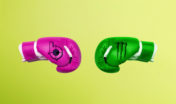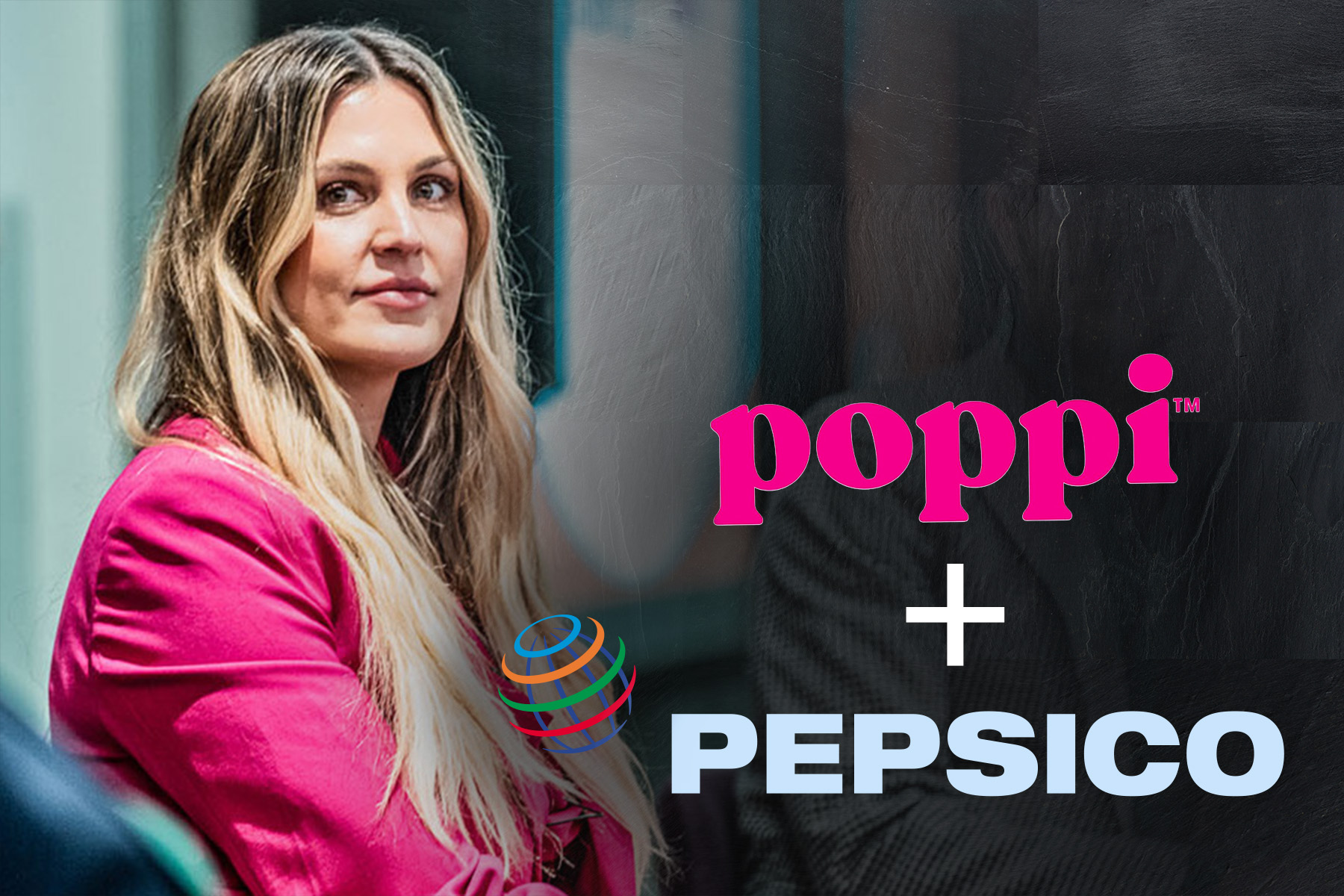Functional
Q&A: New BodyArmor CEO Muyshondt to Go Deep on Coke Bottling Network
Expects No. 2 Sports Drink Brand to Double Sales Within Four to Five Years
Read More
Bang Energy Faces $175M Payment for Alleged Trademark Infringement
Royalties Possible to Orange Bang, Monster as Arbitrator Challenges ‘Creatine’ Formulation
Read More
U.S. Non-Carb Results at Retail 2021
At-home Demand Fueled Sports, Water Categories. Pricing Accelerated
Read More



